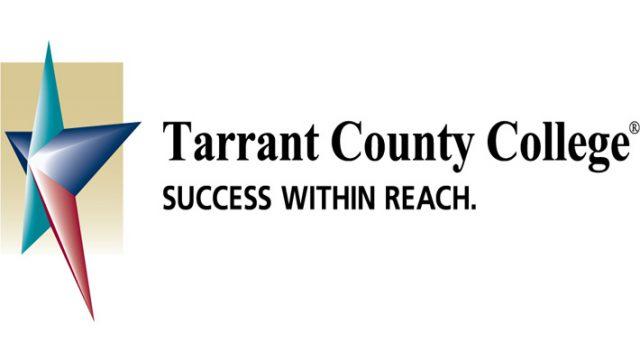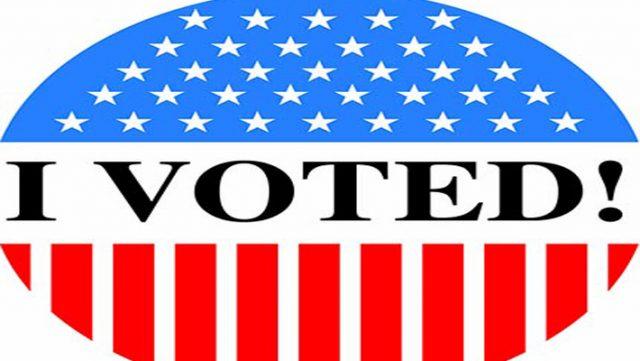By Hannah Lathen/ campus editor

Katelyn Townsend/The Collegian
South social sciences faculty presented party platforms and explained the Electoral College to students at Elections Explained Sept. 19.
As part of the Constitution Day celebration, history associate professor John Lundberg started the presentation reviewing what the Constitution has to say about the presidency and how the Electoral College was formed.
“The framers felt that the rest of the democracy was too volatile,” he said. “It would be too subject to change and too subject to abuse, and so they put this Electoral College in place as a kind of bar against the rest of democracy.”
The explanation of the four presidential party platforms started with the Green Party and the Libertarian Party. Government associate professor Tatyana Kisin explained that the voices of these parties are heard much more in this election.
“We will see more voters voting for these small parties,” she said. “Now in election season, we actually hear a little bit more about them because there is opportunity to tend to lean toward them rather than the Republican or Democratic parties.”
Kisin then said what the Green Party stood for.
“They focus on and advocate for spending less on energy. They focus on the environment,” she said. As well as social justice and increasing living wages, they focus on “gender equality and finally democracy, giving everyone the opportunity to vote.”
Government associate professor Madelyn Bowman covered the Libertarian Party.
“The Libertarian Party believes that people should be free to make choices for themselves but also means that people have to accept the consequences of the choices that they make,” she said. “We’re talking about individual responsibility and very low need for government help.”
She then went on to discuss the main points of the Democratic Party platform.
“One of the things that is important to the Democratic Party is raising income and restoring economic security for the middle class,” she said. “We see that that basically is looking at improving wages for expanding Social Security.”
Lundberg followed with the Republican Party platform.
“They affirm the commitment to American exceptionalism,” he said, “and they think the Constitution is an unchanging, inflexible document.”
Bowman, a deputized registrar, then explained the requirements to vote and allowed students to register.
Several students took the opportunity to sign up.
Ana Garcia, student development associate, closed out with a series of trivia questions for the audience.
Student Te’zsa Patterson said the presentation gave her a better idea of what exactly the Republican Party stood for.
“The biggest thing that I got out of it was the Republicans’ platform,” she said. “I learned stuff that I didn’t know about that they agree with.”
Student Hector Salinas said he was planning on voting, and Elections Explained was a way to get educated on what each party stands for.
“I really liked how they outlined what each party advocates for,” he said. “Sometimes people need that. Sometimes I need that to get a refresher on what each one advocates for because you forget.”




























